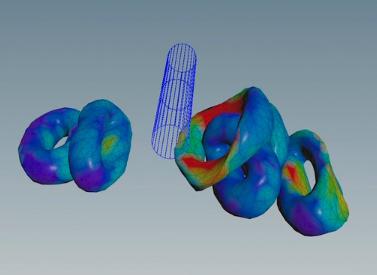| On this page |
Overview ¶
ARAP stands for As Rigid As Possible, which are constraints (introduced in Houdini 18) that ignore rotations on a triangle or tetrahedron while minimizing stretch and shear. This creates elastic-like behavior that tries to return the triangle or tetrahedron back to its original shape. This new constraint is on the entire shape of the element (triangle or tet) instead of just springs along the edges, which is how triangle/tetrahedral meshes were constrained in previous versions.
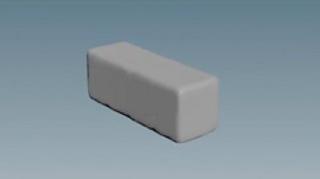
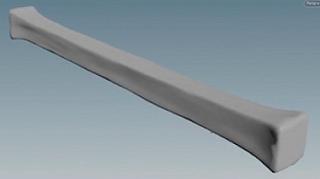
This is particularly useful for organic material or anything that needs to naturally stretch or compress, as it gives much smoother behavior than just using springs along the edges. This is now the default method that’s used for tetrahedral softbody shelf tools (Tetrahedral Stretch), because it gives better results.
Note
Turing on the Preserve Volumes checkbox will apply an additional constraint on top of the ARAP constraint, forcing it to preserve volume with a very high internal stiffness and the specified Damping Ratio, similar to the way the Tetrahedral Volume constraint functions.
The Triangle Stretch constraint also tries to return the triangle to its original shape. This constraint is an option to use for cloth, which could result in a smoother look. Distance Along Edges is still the default when using the shelf tools, but can be changed to Triangle Stretch in the Constraint Type dropdown menu on the Vellum Constraints node.
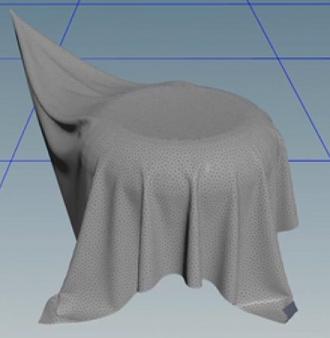
Tetrahedral softbody shelf tool ¶
The Tetrahedral Softbody shelf tool tetrahedralizes input geometry, configures it as a Vellum softbody, and adds it to current Vellum simulation. However, sometimes the default doesn’t provide enough resolution. For example, the following shows the
Test Geometry Squab before and after applying the Tetrahedral Softbody shelf tool.
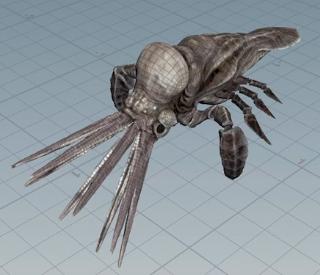
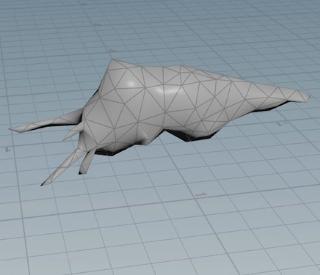
To solve this problem, you can reduce the value of the Target Size parameter on the Remesh SOP.
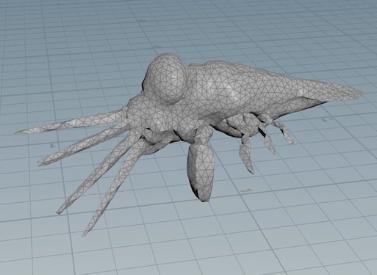
Once you have a better resolution tetrahedral mesh, you can add collisions, such as a ground plane. When the tetrahedral softbody falls, it collides with the ground plane, squishes, and deforms the original mesh to match.
Tip
Tetrahedral stretch constraints are very efficient, so you can typically use fewer iterations.
Tetrahedral stretch constraints with plasticity ¶
These types of constraints also work well with plasticity, since plastic deformation changes the shape but not the volume of the object. Deforming the shape of the object, instead of just the springs along the edges, gives smoother and better results.
This is a simple example of some softbody tori falling onto a collision object and then onto a ground plane. To get a clay like look, you can turn on Enable Plasticity, set a high Rate to deform fairly quickly from the original rest shape and increase the Hardening to make the constraints stiffer as they deform.
